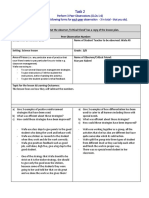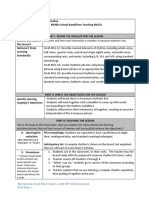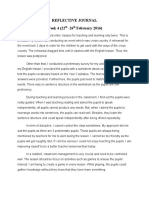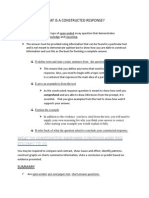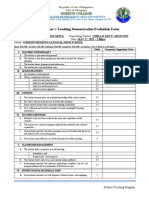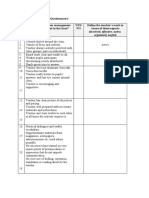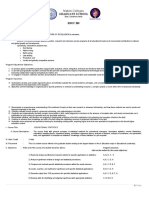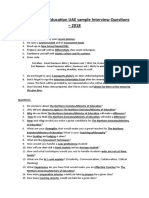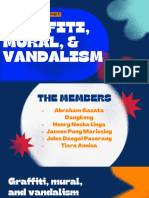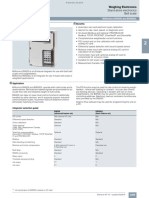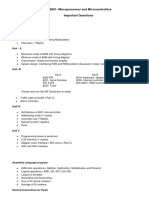0% found this document useful (0 votes)
695 views2 pagesRating Scale
This document contains a rating scale for student teachers with categories for personality, lesson planning, content knowledge, teaching methods, classroom management, and questioning skills. Each category contains criteria that are rated on a scale of 1 to 3. The rating scale is used by a cooperating teacher to evaluate a student teacher's performance and provide an overall general average. Strengths and recommendations for improvement are also noted.
Uploaded by
psychefeCopyright
© © All Rights Reserved
We take content rights seriously. If you suspect this is your content, claim it here.
Available Formats
Download as DOCX, PDF, TXT or read online on Scribd
0% found this document useful (0 votes)
695 views2 pagesRating Scale
This document contains a rating scale for student teachers with categories for personality, lesson planning, content knowledge, teaching methods, classroom management, and questioning skills. Each category contains criteria that are rated on a scale of 1 to 3. The rating scale is used by a cooperating teacher to evaluate a student teacher's performance and provide an overall general average. Strengths and recommendations for improvement are also noted.
Uploaded by
psychefeCopyright
© © All Rights Reserved
We take content rights seriously. If you suspect this is your content, claim it here.
Available Formats
Download as DOCX, PDF, TXT or read online on Scribd
/ 2


